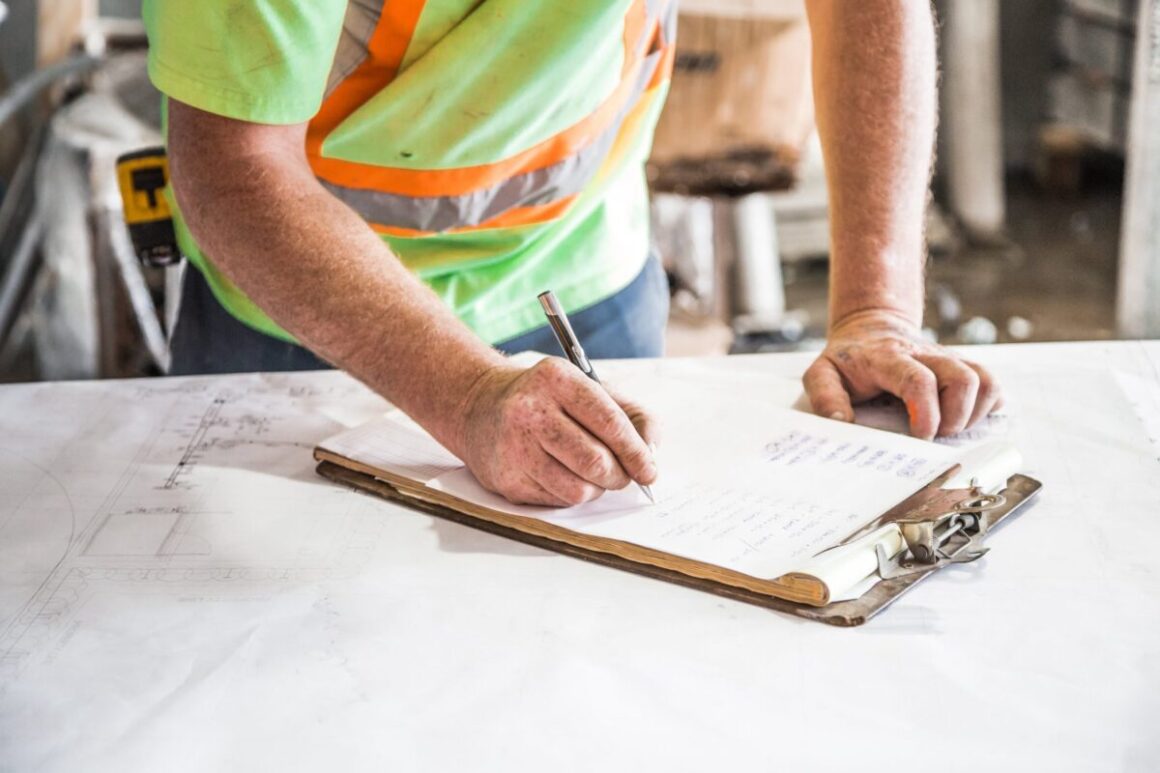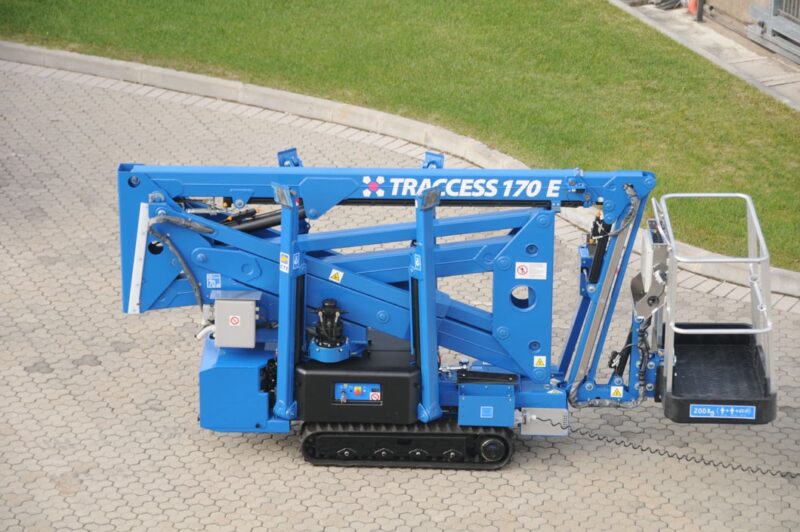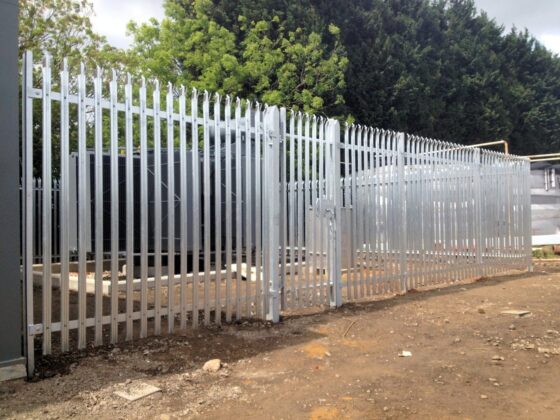If you’re wondering what LOLER stands for, it’s not a new internet slang—it’s serious business for anyone dealing with lifting operations. LOLER stands for the Lifting Operations and Lifting Equipment Regulations 1998.
These regulations are a big deal in the UK, and they’re all about making sure that lifting equipment is used safely. So, let’s dive into what these regulations mean for operators and how they ensure your Monday doesn’t turn into a real-life version of “Final Destination.”
The Heart of LOLER
LOLER is like the rulebook for lifting equipment and operations as explained by the experts from CPSLift. It’s part of the UK’s health and safety laws, and it’s specifically designed to prevent injuries and accidents that could occur during lifting. Whether it’s a construction crane, a forklift, or even an office lift, LOLER has a say if it lifts loads as part of its function.
The main gist of LOLER is pretty straightforward: ensure that all lifting equipment is fit for purpose, appropriate for the task, properly installed, and regularly inspected. This means everything from the smallest hoist to the largest crane needs to be checked and double-checked.

Setting the Stage ─ Planning and Supervision
Imagine you’re trying to coordinate a ballet. Every dancer (in this case, piece of equipment) needs to be perfectly in sync, and there’s no room for error. That’s what LOLER demands when it comes to planning lifting operations. Every lifting operation under LOLER needs to be planned meticulously, supervised by competent people, and carried out safely.
The planning part ensures that before any lifting starts, someone has thought about how the lift should happen, what equipment is needed, and whether the equipment can handle the load. Supervision then ensures that the plan is executed just as meticulously. This prevents those “oh no” moments when something is swinging from a crane in a way it definitely shouldn’t be!
Know Your Gear ─ Equipment and Suitability
Under LOLER, not just any equipment will do. The regulations demand that all lifting equipment must be suitable for the intended task. This suitability isn’t just about size or strength, but also about how appropriate the equipment is for the location and conditions of the lift.
For instance, using a giant crane might be overkill for lifting a small pallet of bricks, and it could be unsafe if the space doesn’t accommodate the crane’s operation. Similarly, using a small hoist in a massive warehouse to lift heavy machinery might be asking for trouble.
Inspection and Maintenance ─ The Lifelines
Here’s where LOLER is a bit like your mom making sure you’ve cleaned your room—except it’s about ensuring equipment isn’t going to fall apart when you use it. Regular inspections and maintenance are critical under LOLER. Everything that lifts must be inspected at regular intervals by competent people to ensure it’s in good working order.
These inspections aren’t just a casual glance. They involve thorough checks of the equipment’s physical condition, its safety features, and its operational capability. If anything looks suspect, it’s out of commission until fixed. Think of it as a pit stop in a race: quick, efficient, and absolutely necessary.


